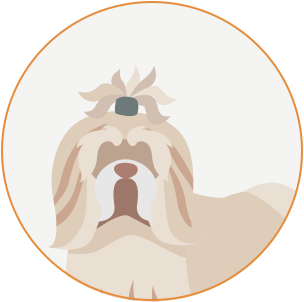
The huge space was packed with film festival goers. I was one of the invited filmmakers, had traveled by myself to Galway, Ireland from San Francisco and knew no one. Because the festival paid only one airfare and my husband and filmmaking partner didn’t come. He really couldn’t, he was, as usual, working a corporate video editing gig, keeping the lights on while I traveled the world to promote our film.
Looking back, I wish we had let that solid corporate income slip away and spent our own money to bring him with me. I needed his stance on an artist’s life because I was cut deeply when people offered me criticism of the film I had spent 10 years making. I hadn’t learned what he had known since he was a teenager: the artist’s fate is to hear cruel things and when that happens, an artist should simply nod and carry on. My husband told me, “You made a good film. Fuck ’em if they don’t get it.”
So, when a tall Irishman stepped out of the crowd, I steeled myself. But he said, “With the map of Ireland on your face like that, you must have some people here.”
It’s true, there was no mistaking me for anything other than Irish. Pale skin, greenish eyes, high cheek bones. Ireland looked like a country populated by my cousins.
“I wish I knew!” I told him. “As a kid, I dogged my grandparents with questions – where did our people come from in Ireland? Who came? When? Why? But they never answered.”
At the time I thought they that simply they wanted me out of their hair – I was a pesky kid, always asking about something. But in the decades since, I had seen how much abuse immigrants take for being the other. I bet that my Irish ancestors immigrated during the potato famine, a hundred years before I pommeled my grandparents with all those questions, and that they didn’t know themselves. And, for decades, to be Irish was something to be ashamed of. If they pestered their grandparents with questions like that, they probably got smacked in the head.
